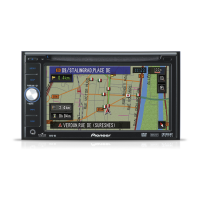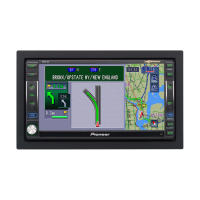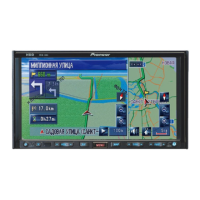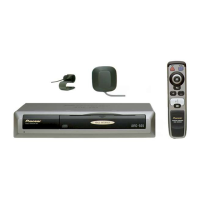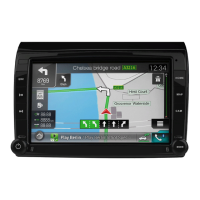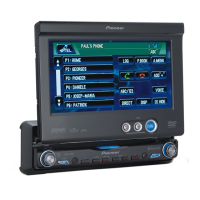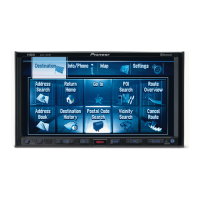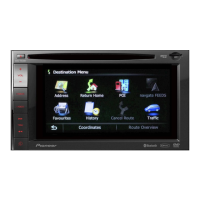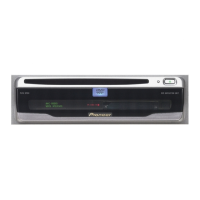Customizing the navigation settings Page: 62 Sound Adjusting guidance volume, alert sounds, and voice guidance settings.
Warnings Enabling or disabling warnings like speed limits and alert points.
Regional Changing voice language, application language, and measurement units.
Display Adjusting themes, backlight, and menu animations.
Traffic Enabling/disabling TMC and setting traffic information display.
Weather Enabling/disabling online weather forecast.
Fuel Enabling/disabling online gas price option and setting gas type.
AVICSYNC Displays connection method for AVICSYNC.
Usage Reports Enabling/disabling collection of anonymous usage information.
Appendix Page: 227 Troubleshooting Lists common problems with the AV screen, phone, and applications with causes and solutions.
Error messages Identifies error messages, their causes, and suggested corrective actions.
Bluetooth Trademarks and logos related to Bluetooth technology.
SDHC Trademark information for SDHC memory cards.
WMA/WMV Trademarks for Windows Media Corporation.
DivX Trademark information for DivX technology.
MirrorLink Trademarks and certification marks for MirrorLink.
MIXTRAX Trademark information for MIXTRAX.
Lightning Trademark information for Apple's Lightning connector.
App Store Service mark information for Apple's App Store.
iOS Trademark information for Apple's iOS operating system.
iTunes Trademark information for Apple's iTunes.
iTunes Radio Service mark information for Apple's iTunes Radio.
MHL Trademarks and certification marks for MHL.
System menu Overview of the System menu structure and its sub-items.
Theme menu Options for customizing themes, including background and illumination.
Audio menu List of audio adjustment settings and their corresponding page numbers.
Video Setup menu List of video setup options and their corresponding page numbers.
Bluetooth menu List of Bluetooth settings and their corresponding page numbers.
Specifications Technical specifications for the device, including dimensions, weight, and performance.





